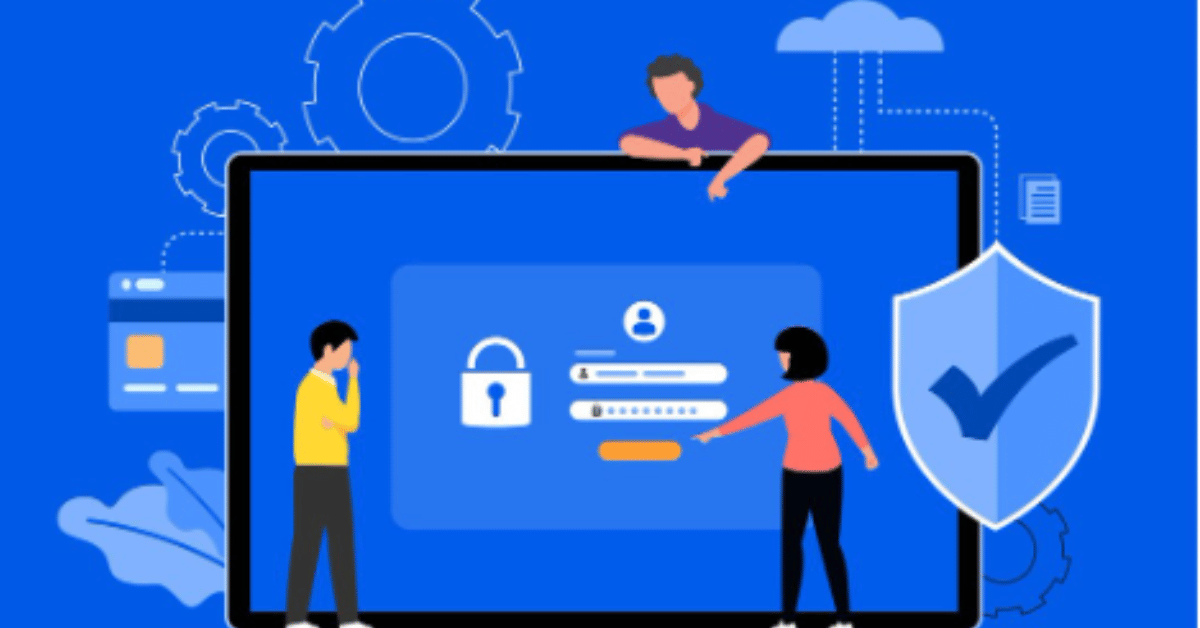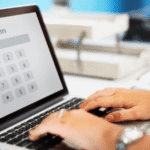Understanding the RHP login process is essential for users who rely on digital platforms to manage tasks, records, or resources securely. At its simplest, RHP login refers to the entry point into a system or portal where individuals authenticate themselves using unique credentials such as a username, password, or multi-factor authentication method. The reason users frequently search for RHP login is to quickly and safely gain access to their personalized dashboards, services, or accounts without confusion. In the first 100 words, the most important intent is to clarify that RHP login is not just a basic sign-in procedure but rather the gateway to managing information, updating records, tracking activities, or even integrating third-party services depending on the system. Whether for professional, academic, or community purposes, mastering how to navigate the login environment ensures smoother workflows, enhanced productivity, and greater confidence in digital security.
What is RHP Login?
The RHP login can be understood as a secure authentication system designed to verify identity and protect user data. Instead of acting as a simple doorway, it serves as a checkpoint that balances accessibility with cybersecurity. Users typically enter their registered email or ID along with a password. More advanced versions incorporate two-factor authentication, biometric scans, or timed verification codes sent to a linked device. The login is usually tied to a central portal that provides multiple functions, from accessing personal records to managing transactions, communications, or internal data. A good login structure is one that is both intuitive and resilient against unauthorized access, reflecting the philosophy that “convenience must never compromise security.”
Importance of RHP Login in Modern Digital Systems
In today’s environment, where remote work and digital engagement dominate, login systems like RHP provide a bridge between users and their required services. The importance lies not only in access but also in personalization. Once logged in, users are directed toward tailored dashboards, individual progress reports, or communication tools that reflect their unique roles. For administrators, this login structure ensures accountability since every action is tied to an authenticated profile. Moreover, compliance regulations across industries demand reliable login processes to safeguard sensitive information. In sectors like healthcare, education, or government services, the RHP login becomes more than a credential check; it is a compliance tool. As one industry expert remarked, “Every login is a digital handshake that assures trust between a user and a system.”
Key Features of the RHP Login Portal
The RHP login portal is designed to balance ease of access with multi-layered security. One of its key features is user-friendly navigation, often with clear prompts, password reset options, and recovery mechanisms. Another significant element is role-based access control, where each login corresponds to specific privileges—ensuring that administrators, managers, and regular users only see what is relevant to them. The system may also include audit trails, automatically logging activity for transparency. A strong encryption backbone protects data transmissions, making unauthorized interceptions nearly impossible. Importantly, the portal typically provides device recognition, alerting users when an unfamiliar system attempts to access their account.
Table 1: Features of RHP Login
| Feature | Description |
|---|---|
| User-Friendly Interface | Clear instructions and simplified navigation for quick access |
| Security Measures | Encryption, two-factor authentication, and biometric compatibility |
| Role-Based Access | Specific privileges assigned according to user roles |
| Password Management | Reset, recovery, and strength-checking tools |
| Activity Logs | Automatic tracking of user activity for accountability |
| Device Recognition | Alerts for unfamiliar device logins |
Benefits of Using RHP Login
For individual users, the benefit of RHP login is convenience combined with confidence. They know that once authenticated, their personal data remains protected. For organizations, the login system reduces risks of data breaches while maintaining efficiency. Centralized authentication saves time by reducing the need to remember multiple credentials across different systems. It also ensures scalability—whether five users or five thousand, the same login infrastructure can handle demand. Another overlooked benefit is user training; once individuals understand the login format, onboarding into related platforms becomes faster. As a technology consultant once stated, “The true success of a login system is measured not by its complexity, but by how invisible it feels to the user.”
Common Challenges Faced During RHP Login
Despite its many advantages, users often encounter challenges when attempting to log in. Forgotten passwords remain the most frequent issue, with many systems reporting password-reset requests as their most common support ticket. Technical difficulties such as browser incompatibility, slow internet connections, or outdated cookies can also hinder smooth login. Security protocols may sometimes frustrate users—especially multi-factor authentication when mobile devices are unavailable. Accessibility is another concern, as not all login systems are equally friendly to individuals with disabilities. Recognizing these hurdles, developers continue to emphasize responsive design, simplified recovery options, and customer support that guides users through technical obstacles.
Table 2: Common RHP Login Issues and Solutions
| Issue | Possible Solution |
|---|---|
| Forgotten Password | Use reset link via registered email or security questions |
| Browser Compatibility | Switch to updated browser or clear cache and cookies |
| Two-Factor Authentication | Keep backup codes or register multiple devices |
| Device Recognition Alerts | Verify login manually and update trusted devices |
| Accessibility Concerns | Enable screen reader mode and accessibility settings |
Security Protocols of RHP Login
Modern RHP login systems are fortified with multiple security layers. Data is encrypted end-to-end, ensuring that even if intercepted, it remains unreadable. Password strength requirements discourage weak credentials, while forced periodic resets further minimize risk. Two-factor authentication, often involving SMS or email codes, adds another barrier for intruders. Additionally, many systems include monitoring protocols that flag suspicious login patterns such as repeated failed attempts or logins from unusual geographic regions. Security updates are pushed regularly to patch vulnerabilities, demonstrating that the login system is not static but continuously evolving.
RHP Login for Different User Groups
The adaptability of RHP login is one of its greatest strengths. For employees, it allows access to work documents, task managers, or communication tools. For students, it may open portals to coursework, assignments, or grades. For administrators, it provides oversight across entire networks, making sure users follow compliance rules. This flexibility demonstrates the portal’s ability to serve multiple industries while maintaining a consistent user experience. Essentially, the login serves as a versatile key that changes its functionality depending on who is holding it.
Future Trends in RHP Login
Looking forward, the future of RHP login lies in more seamless authentication. Biometric recognition, such as facial scans and fingerprints, is expected to play a larger role, reducing dependency on passwords. Artificial intelligence may also predict login patterns, allowing systems to proactively identify anomalies. Cloud integration will make the login experience more universal, enabling single sign-on across multiple services. These innovations will ensure that while the concept of login remains, the actual process becomes faster, smoother, and nearly invisible. As one cybersecurity leader observed, “The login of tomorrow will be less about typing and more about being recognized.”
Conclusion
The RHP login is more than a mere entry point—it is the foundation of modern digital interaction, shaping how individuals and organizations secure, access, and utilize information. By offering a blend of convenience and protection, it ensures that user experiences remain smooth while data stays safe. Its importance is magnified in an era of digital dependency, where even the smallest breach can lead to major consequences. Through features like role-based access, device recognition, and continuous updates, RHP login adapts to both user needs and security threats. Looking to the future, trends in biometrics, artificial intelligence, and universal sign-on will further refine this essential tool. As one expert aptly put it, “Every login is not just a key—it is the promise of trust.”
FAQs
Q1: What makes the RHP login different from a regular login system?
RHP login emphasizes enhanced security and user-specific access, offering role-based control, activity tracking, and device recognition beyond standard portals.
Q2: How can I recover my account if I forget my login details?
Users can reset passwords through recovery emails or security questions. Some systems also allow multi-device verification for faster access.
Q3: Is RHP login safe for sensitive data?
Yes, the system uses encryption, multi-factor authentication, and regular security updates to safeguard both personal and organizational data.
Q4: Can multiple users share the same RHP login credentials?
Sharing credentials is not recommended, as it reduces accountability and may violate compliance policies. Each user should have unique access.
Q5: What future improvements can we expect from RHP login?
Expect greater integration of biometrics, AI-driven pattern detection, and cloud-based single sign-on solutions for smoother experiences.











